
Login
X
- Home
- About Us
- Courses
- Graduation
- Diploma Certificate
- Professional Diploma
- Special sessions / Aptitude boost up
- News & Events
- Student zone
- Placement
- Gallery
- FAQ
- Contact Us
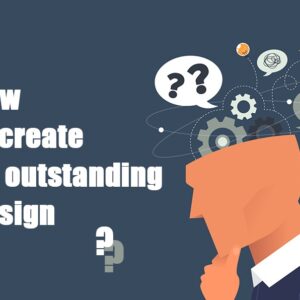
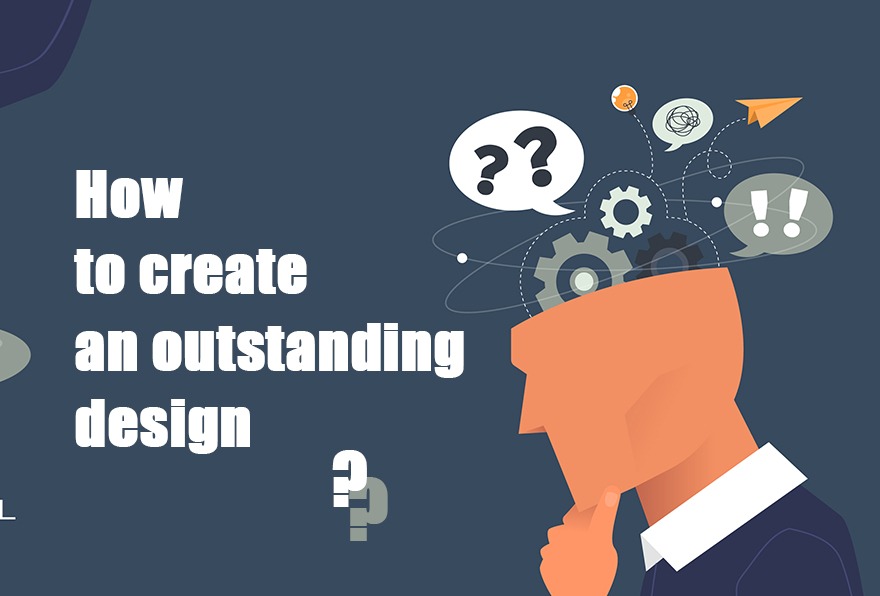
Mentorship in designing has several advantages for both mentors and mentees. Building this connection can benefit both of you by allowing you to learn new things, expand your networks, and advance your careers in the designing field.

A professional in the designing field can assist you when you come across an opportunity you’re excited about and need some help getting referred or working through it. They could be able to keep you in contact with the appropriate parties or teams due to their experience or reputation.
When you do something on your own, you are more likely to make errors and improve from them, which is a positive thing. However, if you have a mentor who has wealth of training and knows what’s best and what’s not, there are several aspects with which he/she can immediately assist you. This allows you to work very effectively while also allowing you to give more attention to learning.

You are the only one who can determine your ambitions. However, your mentor can undoubtedly assist you in navigating it and obtaining an explanation. You might also enlist the support of your mentor in defining it.

There are numerous problems you may encounter professionally, including assignments, teammates, improving your toolkit, soft skills, and so on. There’s a possibility that your mentor has dealt with similar issues before, or that he or she has some excellent suggestions and can advise you on how to deal with them.

When it concerns mastering a specific technique or ability, there are numerous things to be learned in designing that your mentor may assist you with. This will boost your self-assurance while also assisting you in becoming a more productive designer.
You could get feedback from anybody. Many people are extremely reactive to feedback and find it difficult to accept any kind of input, even if it is helpful to them. It’s a privilege to be able to accept feedback when it arises from someone who has a lot of expertise and whom you respect as a mentor.
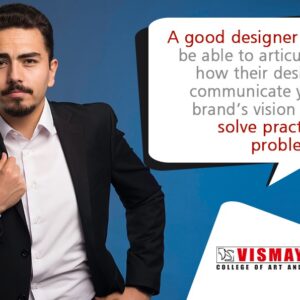
Things to remember before going to graphic design job interviews
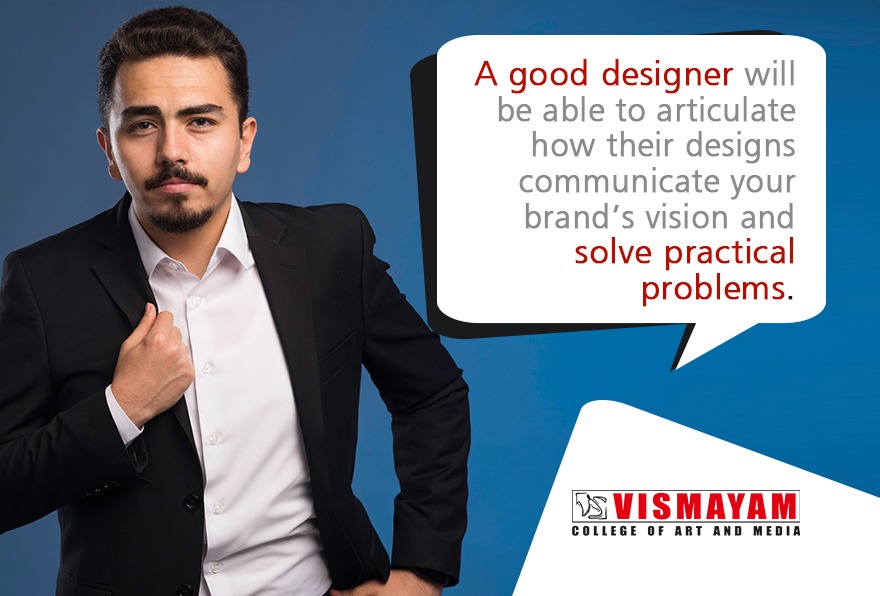
Graphic design is an excellent career choice for people who enjoy craft, technology, and communication. If you’re getting ready to apply for your first graphic design job, you should be aware of certain things that will help you at the interview. Here are some excellent tips that can help you successfully attend the interview for a graphic designer job and prove why you are an asset to the company.

Knowing how to answer common graphic design job interview questions beforehand can help you feel confident and competent during your interview. Prepare for common interview questions by practising them.

Ensure your resume is error-free and tailored to the job you’re applying for before attending the interview. Include a core mission that sells you and evokes your personality. For each interview, personalize your resume that highlights your greatest assets for that specific employer. Make sure you have some of your pieces professionally printed before the interview and bring them with you in a portfolio.

You are being asked questions by your interviewer intentionally about their company, so be prepared to respond appropriately. You’ll likely find more information on the company’s website – check it out! Take notes as you browse the site. Understand what they stand for and what their company’s vision and goals are.

Maintain current knowledge of graphic design trends and your niche areas of interest. Learn new skills and stay up to date on industry news and developments. Follow the blogs and social presences of creative studios that you find fascinating and inventive.

A hiring manager might ask about your entire graphic design career, but they are more likely to focus on your best work. It can provide a comprehensive overview of your abilities. It is ideal for a graphic designer to have both an online and a physical hard copy portfolio.
Appearance
Your interview outfit can make a good impression on the employer. Model your interview attire after what people wear in the office by exploring the company’s website or social media pages. Many graphic design companies have a business dress code, but you can use your apparel to express your character as well.
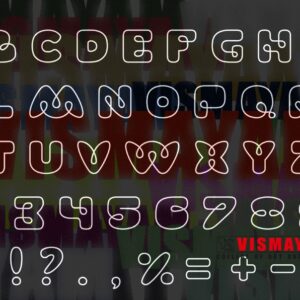
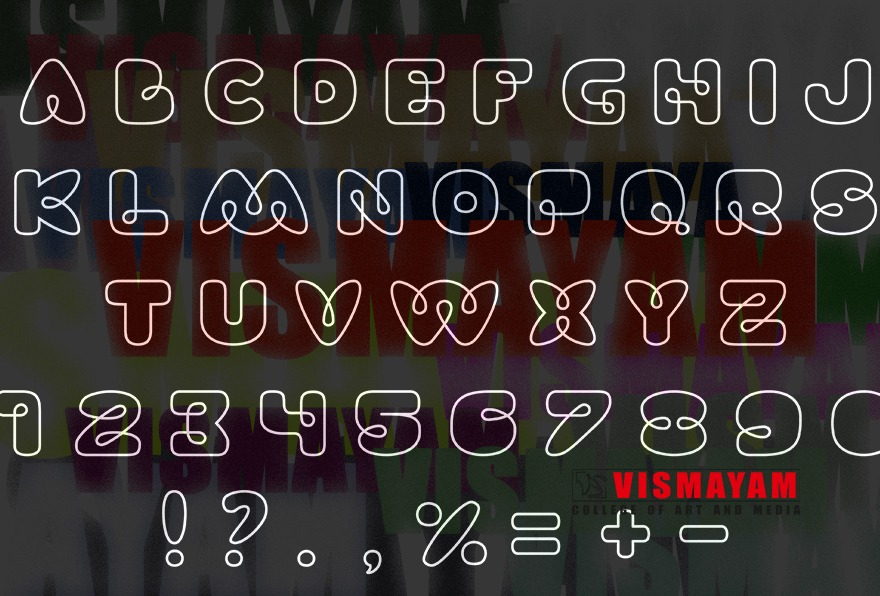
The fonts and colors are the most important aspects of graphic design, so it is imperative to get them right. An effective design is a combination of color choices, font styles, and typography. The right use of colors and fonts for design can help in creating a positive first impression and aesthetic appeal to your work.
The power of fonts
The font styles and typefaces you select in your design have a significant effect and appeal on the user experience. The font’s visual look speaks louder than words. It can be overwhelming to choose the right font for your design from the many beautiful options available. Consider fonts and font choices that seem appropriate together and complement your work’s theme. you must select a typeface that is appropriate for your project’s message, brand standards, and audience preferences, among other things.
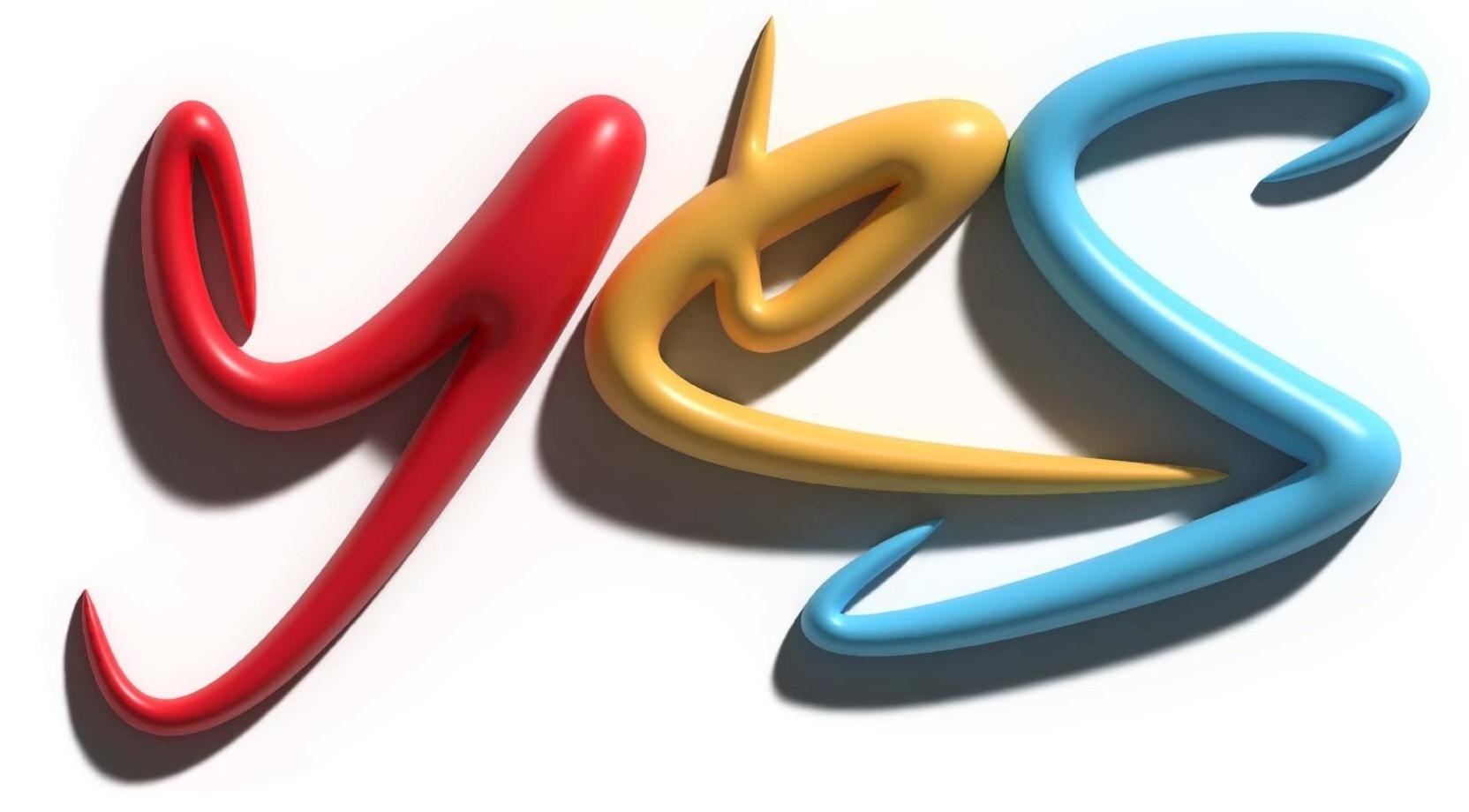
Combine and contrast

Certain fonts, like cheese and wine, are ideal for matching. Pair a simple sans serif typeface with an extravagant serif font if you’re using one. Bold fonts go well with thin, intricate fonts. Begin by browsing the preset combinations in the Mixed tab of the Fonts panel. Find serif and sans serif fonts that fit your design’s rhythm and tone.
Investigate typography
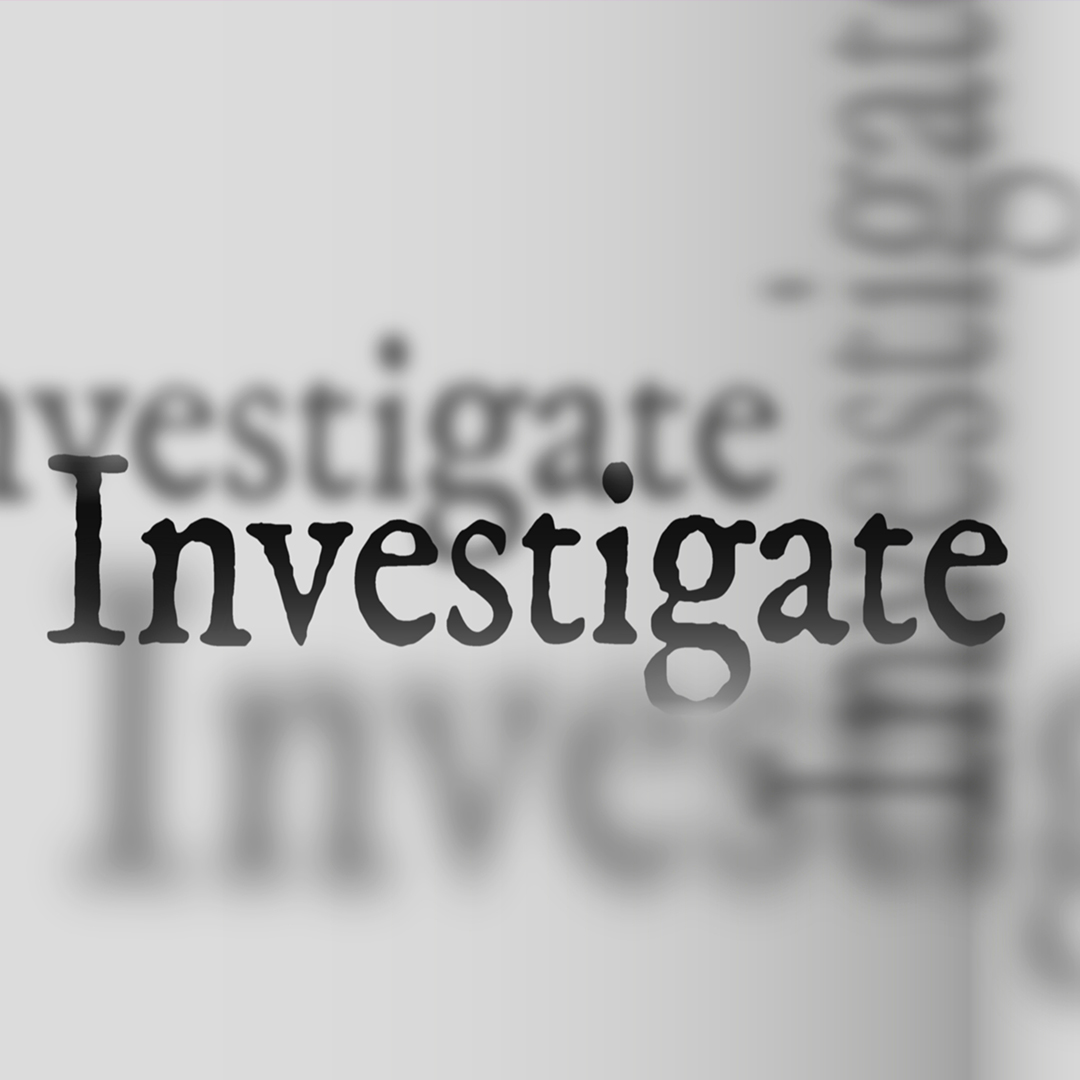
Learn about the anatomy of letterforms, how to tell the difference between typefaces, and how different lettering shapes and styles may evoke distinct emotions. All of these data will aid you in making your ultimate decision in choosing colors and fonts for design.
Take a look at the typographic structure.
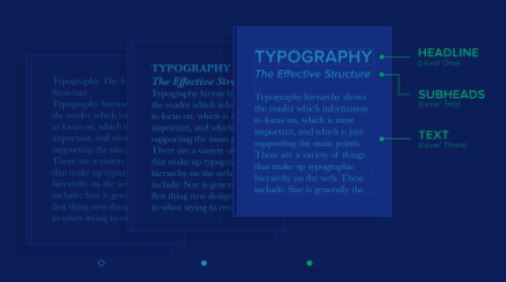
A typographic visual hierarchy describes how letterforms are displayed and where they can most effectively catch the viewer’s eye. If you’re choosing a few fonts for your design, think about how they’ll work together. Set up your font pairings, such as which lettering should be displayed and which should be used for body text. Swap your styles around to find which one has the most stable structure.
Inquire about comments.
Show some mock-ups of your potential fonts to family and friends and ask for comments. Because you’re designing for a specific audience, enlist the help of people you can trust as a sounding board for your ideas. this way you will get an understanding of choosing colors and fonts for design.
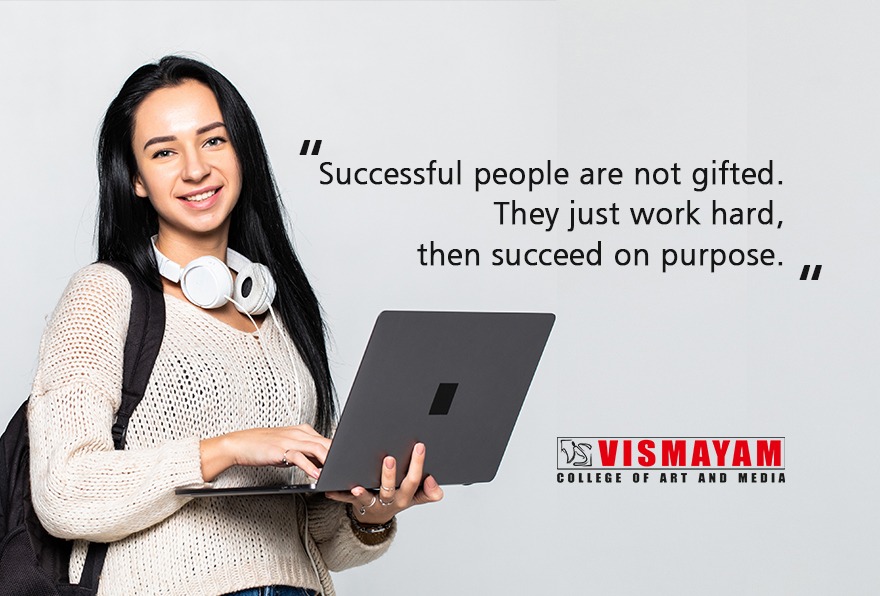
In seeking a career in design, one of the most valuable components is being able to create a path for yourself. Due to society’s evolution to include technology, design is becoming more popular in upcoming years. You can align yourself with one of the most influential facets of society through studies in design, and you will gain a deeper understanding of the creative industry’s diversity and its widest range of implications.
Vismayam college of arts and media offers the best design courses, including interior design and multimedia.
Interior Design course at Vismayam
Vismayam college offers a gratifying three-year graduation program in Interior design. The interior designing program offered at our college is designed to immerse you in the world of interior designing. This three-year curriculum is designed to enable you to work as an interior designer in today’s industry. Students will not only gain an understanding of all design specialities

but also gain experience with portfolio building and design processing through this course.
Vismayam college offers you expert faculty members, expert sessions, workshops, and hands-on projects that give you an edge in the workplace. At vismayam, also provide 100% placement support for students. The course is designed to develop a competent Interior Designer’s proficiency in languages, skills, and confidence.
Vismayam arts and media college provides a one-year diploma program in Multimedia for students who want to achieve a successful career media industry. The multimedia diploma programme is meant to prepare students in the art and skill of multimedia creation so that they can emerge as qualified professionals who can meet the industry’s manpower needs.
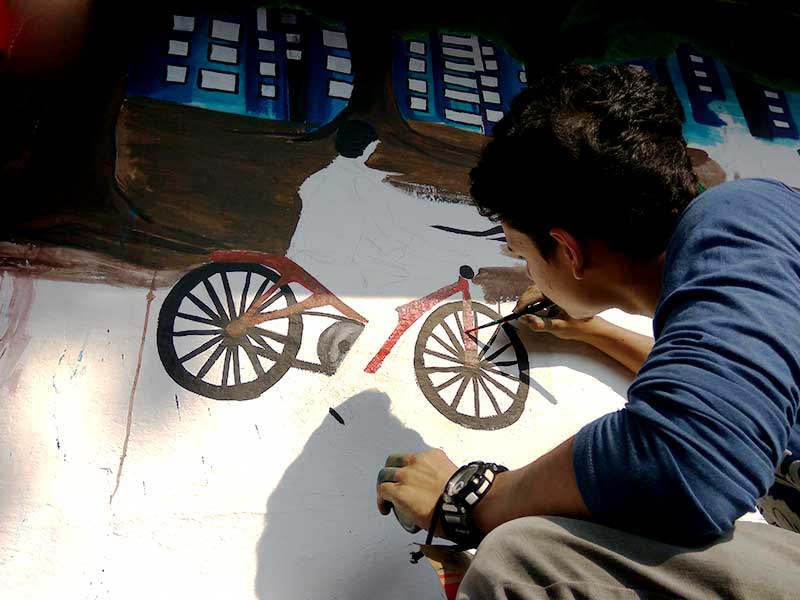
The course provides a comprehensive understanding of all aspects of media including photography, journalism, scriptwriting, cinema, print media, editing, advertising, and more. Experienced lecturers, specialist sessions, workshops, and hands-on projects are all part of the course’s goal to offer you an edge in the profession. Students have many opportunities to participate in real projects and meet industry professionals, gaining valuable experiences that only the area of work can provide. Students can acquire expertise in media-related programmes that will enable them to work in a wide range of occupations in the media industry.
Phone: 0495 272 2242